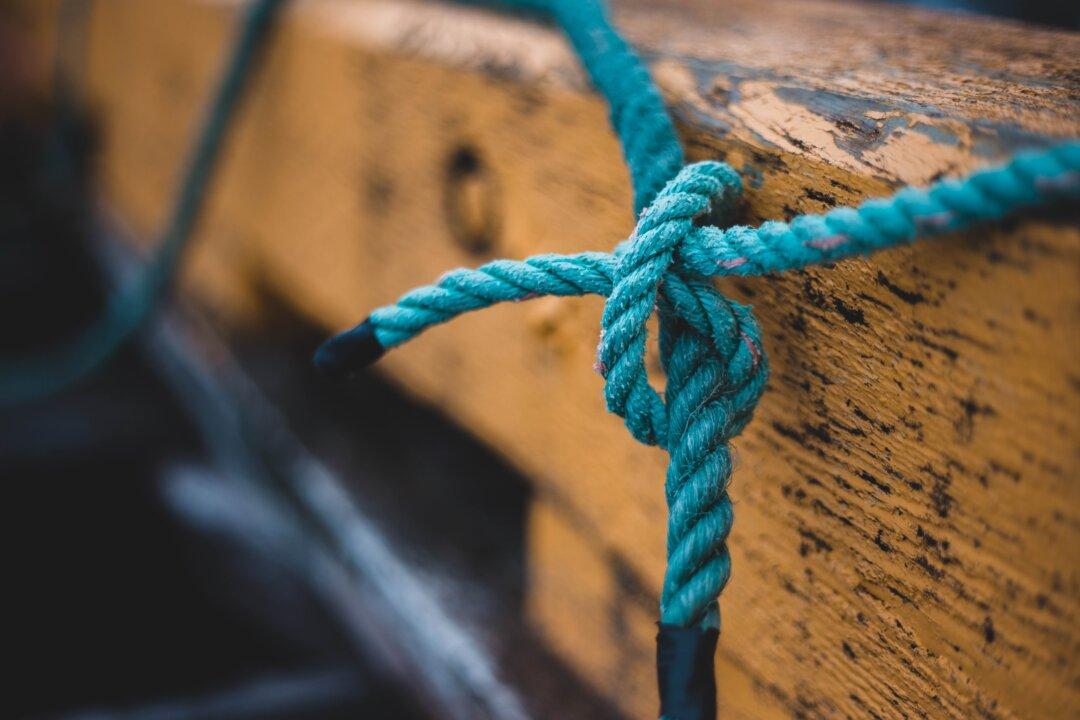The way someone ties knots in his or her shoelaces tells a lot to knot expert and analyst Lindsey Philpott.
Knots are lumps or knobs formed by the intersection of interlaced materials such as string or line.

The way someone ties knots in his or her shoelaces tells a lot to knot expert and analyst Lindsey Philpott.
Knots are lumps or knobs formed by the intersection of interlaced materials such as string or line.